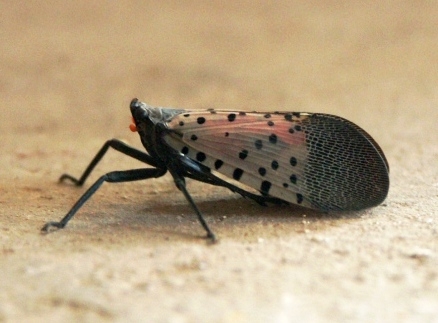Invasive pest takes up residence in the Northeast
The spotted lanternfly, native to Asia, first came to America in 2014 when it was found in Pennsylvania. Despite a quarantine, populations have been discovered in New York, Delaware and Virginia, reported Zach Montague in the New York Times.
“They've been appearing in grapes, and we have reports from growers last year of a 90 percent loss,” said Julie Urban, a senior research associate at Penn State.
The reporter also contacted UC Cooperative Extension advisor Surendra Dara, who published an article in 2014 about spotted lanternfly in Pest News, a UC Agriculture and Natural Resources eJournal about endemic and invasive pests in California.
"The Pennsylvania Department of Agriculture recently reported the first detection of yet another invasive hemipteran pest in the U.S.," Dara wrote in his article. "While efforts to have a good grip over other invasive hemipterans like the Asian citrus psyllid, the Bagrada bug, and the brown marmorated stink bug are still underway, there is a new pest that could potentially impact industries ranging from lumber to wine."
Dara told Times' reporter that lanternfly has the unusual ability to lay eggs on almost any surface — plants and soil as well as wheel wells, train cars and shipping containers.
“Most pests deposit their eggs on their host plant, or very close, so they already have food available,” Dara said. “Those that have the advantage of being able to lay eggs on non-plant material obviously have a better chance of surviving and spreading."



